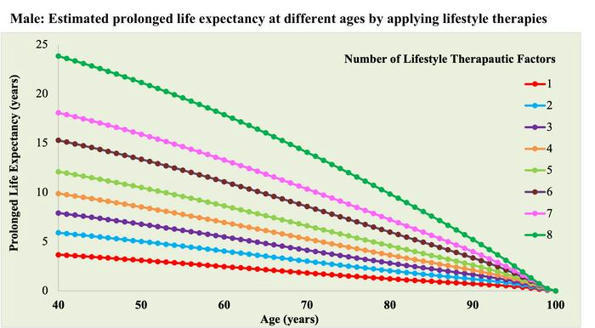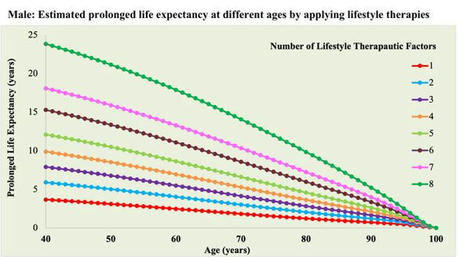Pharmageek
30/01/2024

Comment maintenir notre système de santé à flot ? La prévention, par le biais de l’innovation technologique, doit figurer au cœur de nos priorités !
Lire l'article complet sur : www.silvereco.fr
13/08/2023

A new study involving over 700,000 U.S. veterans reports that people who adopt eight healthy lifestyle habits by middle age can expect to live substantially longer than those with few or none of these habits.
Lire l'article complet sur : www.eurekalert.org
13/08/2023





